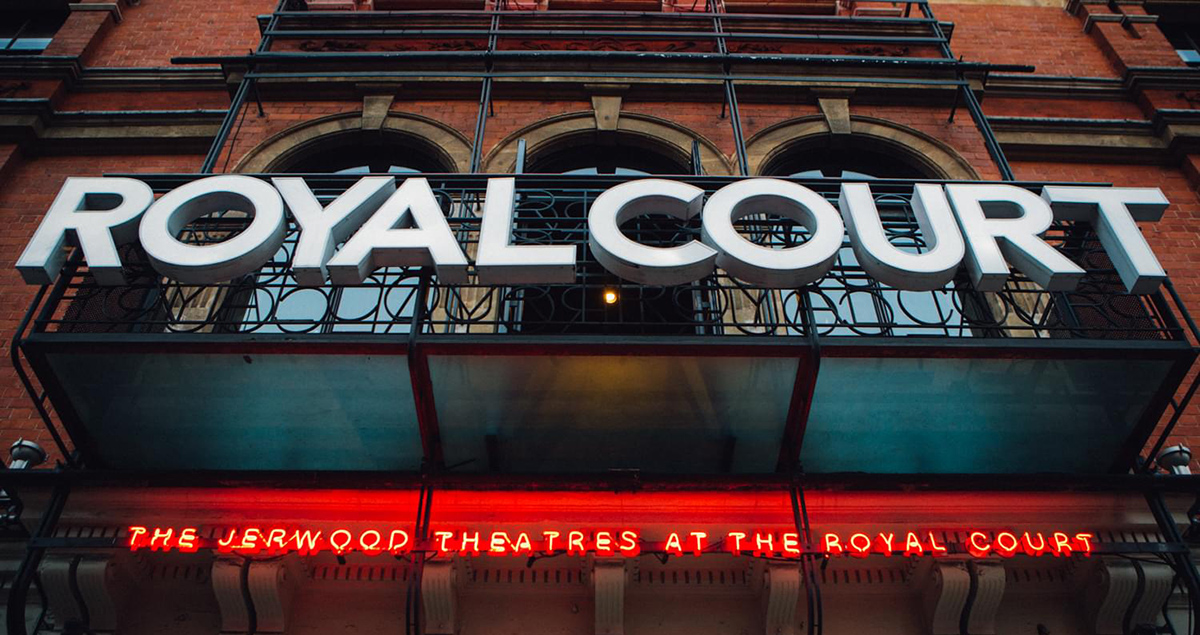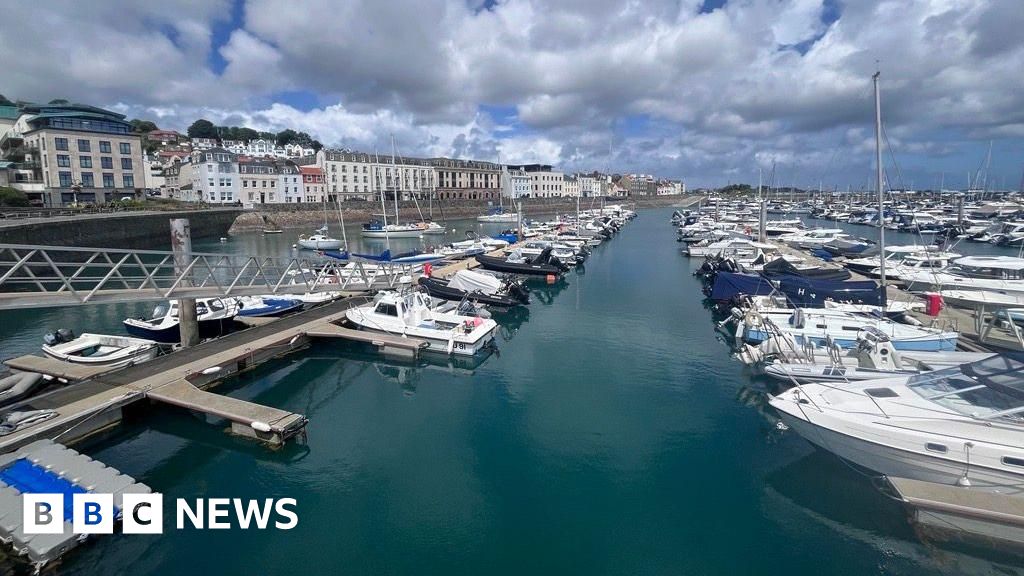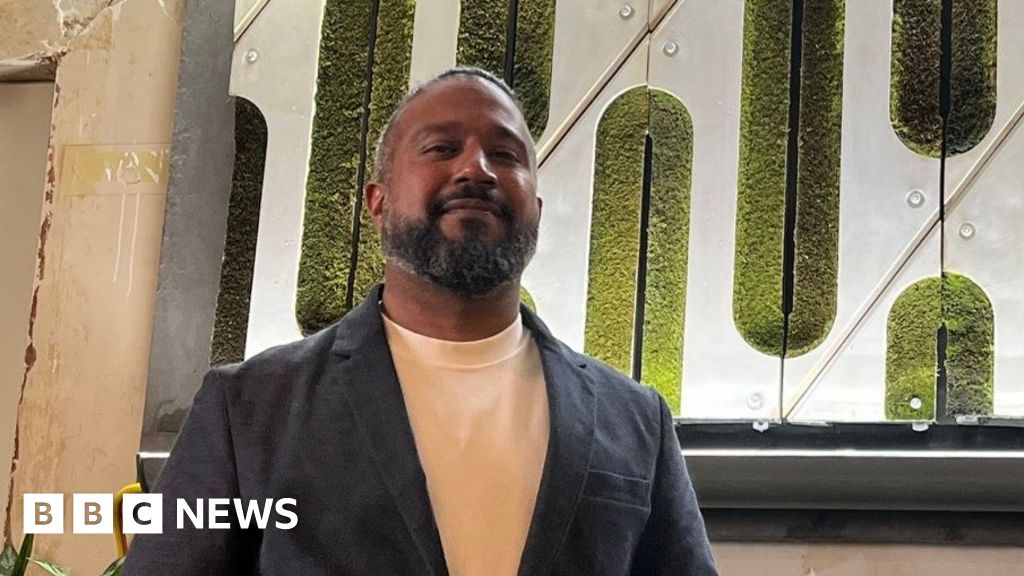Entertainment
A complete guide to the Royal Court Theatre | London Theatre

Get to know the iconic Sloane Square venue, a true trailblazer that brought British theatre into the modern age and continues to thrill with its thought-provoking productions.
Who would think that an ironing board on stage could be so provocative? When John Osborne’s Look Back in Anger premiered at the Royal Court in 1955, many audience members, allegedly, gasped in horror at such a sight.
Known as the “writers’ theatre”, the Royal Court is one of the world’s most important and influential new writing theatres and has never been a stranger to controversy. Located away from the West End in Chelsea (a district that wasn’t always as grand as it is today), the building has nurtured the careers of dozens of playwrights including Arnold Wesker, Caryl Churchill, Sarah Kane, Mark Ravenhill, and Jez Butterworth.
The Royal Court’s cultural legacy is immense. The venue played a key role in the abolition of theatre censorship (until the Theatres Act of 1968, all new plays had to be approved by the Lord Chamberlain). Its work has always inspired strong and sometimes polarising opinions.
David Byrne’s first season as artistic director is now in full swing. Learn more about the Royal Court and book tickets to one (or more) of its exciting upcoming shows now.
Book tickets to shows at the Royal Court on London Theatre.
There has been a theatre on the site of the Royal Court since 1870, originally located in the former Nonconformist Ranelagh Chapel. Known as the New Chelsea Theatre, it was run by female actor-manager Marie Litton and produced some of W.S. Gilbert’s early plays. In the 1880s, several of Arthur Wing Pinero’s farces were staged at the venue. The theatre was demolished in 1887 and rebuilt as the New Court Theatre the following year.
Designed in red brick with an Italianate façade, the New Court Theatre became known as the Royal Court by the end of the 19th century. Harley Granville-Barker managed the theatre at the turn of the century and several Bernard Shaw plays were performed here. The venue closed as a theatre in 1932 and became a cinema between 1935-40, when it was hit by a bomb.
The venue reopened as a theatre in 1952, and George Devine, Ronald Duncan and Greville Poke founded the English Stage Company in 1954, with the mission of staging work by “hard-hitting, uncompromising writers” that examined the state of the nation and the challenges and possibilities of contemporary life – a stark contrast to the musicals and light comedies that filled the West End. In the 1950s, the Royal Court became known for “kitchen sink drama” pioneered by John Osborne and Arnold Wesker.
During the Swinging Sixties (the epicentre of which was the nearby Kings Road), The Young People’s Theatre was established in 1966, and censorship was abolished in 1968. The 60-seat Theatre Upstairs, an early example of a “black box” theatre, opened in 1969.
Max Stafford-Clark became artistic director in 1979 and, during a turbulent period of cuts to arts funding, nurtured a new generation of writers including Howard Brenton, Hanif Kureishi, Timberlake Wertenbaker, and Jim Cartwright.
The 1990s was the era of visceral, no-holds-barred, in-yer-face theatre. However, by this time, the theatre building was in urgent need of refurbishment. In the same week in 1995, The New York Times hailed it as “the most important theatre in Europe”, while The Times called the building a “dump”.
Thanks to National Lottery funding, the building reopened in 2000, and remains committed to its radical ideals to the present day.
The Royal Court has presented controversial and ground-breaking work since its inception. Here are just a few of the most influential productions from the 1950s to the 21st century:
- Look Back in Anger by John Osborne (1956): Devine placed an advert in The Stage seeking scripts and this was the standout entry. Osborne was described as an “angry young man” in the Royal Court’s press release and the play ushered in a new era of naturalistic writing.
- Saved by Edward Bond (1965): Originally refused a license by the Lord Chamberlain, the play, which features the stoning of a baby, was performed to private audiences at the Royal Court but those involved were prosecuted, nevertheless. The censorship office received a great deal of negative press and censorship was finally abolished in 1968. The play received its first full public run the following year.
- The Rocky Horror Show by Richard O’Brien (1973): A rare Royal Court musical, this comic tribute to horror and science fiction B movies was first a cult classic and has subsequently become a worldwide hit. Its treatment of fluid sexuality, only a few years after the decriminalisation of homosexuality in Britain, was truly pioneering.
- Top Girls by Caryl Churchill (1982): Written against the backdrop of Margaret Thatcher’s premiership, Churchill’s feminist play explores what it means to be a successful professional woman. Its surreal first act sees the protagonist Marlene interact with several famous women from history.
- Blasted by Sarah Kane (1995): Culminating in the eating of a dead baby, the premiere was denounced as a “disgusting feast of filth” by one shocked critic. Kane’s work was reappraised following her suicide.
- The Weir by Conor McPherson (1997): The winner of the 1997-8 Olivier Award for Best New Play, this series of monologues set in a pub quickly became an Irish classic.
- Jerusalem by Jez Butterworth (2009): Boasting a tour-de-force star performance by Mark Rylance, this examination of Englishness transferred to the West End and Broadway and is considered to be one of the greatest plays of the 21st century so far.
- Posh by Laura Wade (2010): A critical and commercial hit set among Oxford University’s “Riot Club” (inspired by the Bullingdon Club), Wade’s play was turned into a film in 2014.
David Byrne recently took over as artistic director of the Royal Court, succeeding Vicky Featherstone (the first woman to hold the role). Byrne previously ran the New Diorama Theatre for almost a decade. Under his directorship, the New Diorama won two Empty Space Peter Brook Awards, so the Royal Court’s future is sure to be in excellent hands.
The Royal Court comprises the 380-seat Jerwood Theatre Downstairs and the 80-seat Jerwood Theatre Upstairs. The Bar & Kitchen is a spacious and relaxed spot to enjoy a drink or bite to eat, and the Samuel French Bookshop is a lovely place to browse.
The Royal Court is located next door to Sloane Square Tube station, served by the Circle and District Lines. There are also several buses that serve the area.
David Byrne’s first season promises plenty of exciting new writing, and some star names to catch. You can book tickets for the following shows:
Tife Kusoro’s G takes place Upstairs from 22 August-21 September. The piece follows the malevolent “Baitface” that “steals the faces and lives of Black Boys”.
There’s star casting in Mark Rosenblatt’s debut play Giant, in which John Lithgow plays world-famous author Roald Dahl in 1983 visited by a Jewish journalist (Elliot Levy) following the publication of an antisemitic article. Nicholas Hytner directs. This highly anticipated play runs Downstairs from 20 September-16 November.
From 3 October-3 November, this year’s winner of the Jerwood New Playwright award Oli Forsyth presents Brace Brace. This piece, staged Upstairs, follows the aftermath of a plane hijacking and is directed by Daniel Raggett.
Finally, Emteaz Hussain‘s Expendable spotlights the often-overlooked voices of Pakistani women, delving into the shortcomings of law enforcement, politicians, and the media. That plays Upstairs from 21 November-21 December.
Book tickets to shows at the Royal Court on London Theatre.










